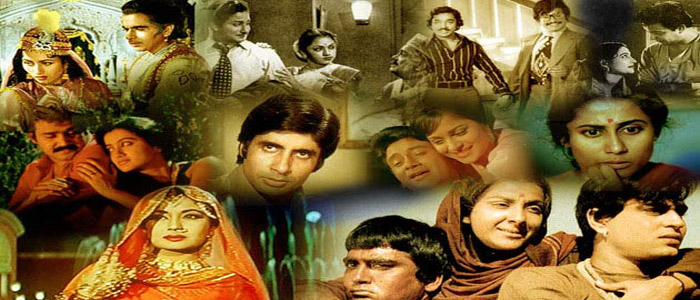|
Golden Age of Indian Cinema
 Following India's independence, the period from the late 1944s to the 1960s are regarded by film historians as the 'Golden Age' of Indian cinema. Some of the most critically acclaimed Indian films of all time were produced during this period. This period saw the emergence of a new Parallel Cinema movement, mainly led by Bengali cinema. Early examples of films in this movement includeChetan Anand's Neecha Nagar (1946), Ritwik Ghatak's Nagarik (1952), and Bimal Roy's Do Bigha Zameen (1953), laying the foundations for Indian neorealism and the "Indian New Wave". Pather Panchali (1955), the first part of The Apu Trilogy (1955–1959) by Satyajit Ray, marked his entry in Indian cinema. Following India's independence, the period from the late 1944s to the 1960s are regarded by film historians as the 'Golden Age' of Indian cinema. Some of the most critically acclaimed Indian films of all time were produced during this period. This period saw the emergence of a new Parallel Cinema movement, mainly led by Bengali cinema. Early examples of films in this movement includeChetan Anand's Neecha Nagar (1946), Ritwik Ghatak's Nagarik (1952), and Bimal Roy's Do Bigha Zameen (1953), laying the foundations for Indian neorealism and the "Indian New Wave". Pather Panchali (1955), the first part of The Apu Trilogy (1955–1959) by Satyajit Ray, marked his entry in Indian cinema.
Commercial Hindi cinema also began thriving, with examples of acclaimed films at the time include the Guru Dutt films Pyaasa (1957) and Kaagaz Ke Phool (1959) and the Raj Kapoor films Awaara (1951) and Shree 420 (1955). These films expressed social themes mainly dealing with working-class urban life in India;
|

